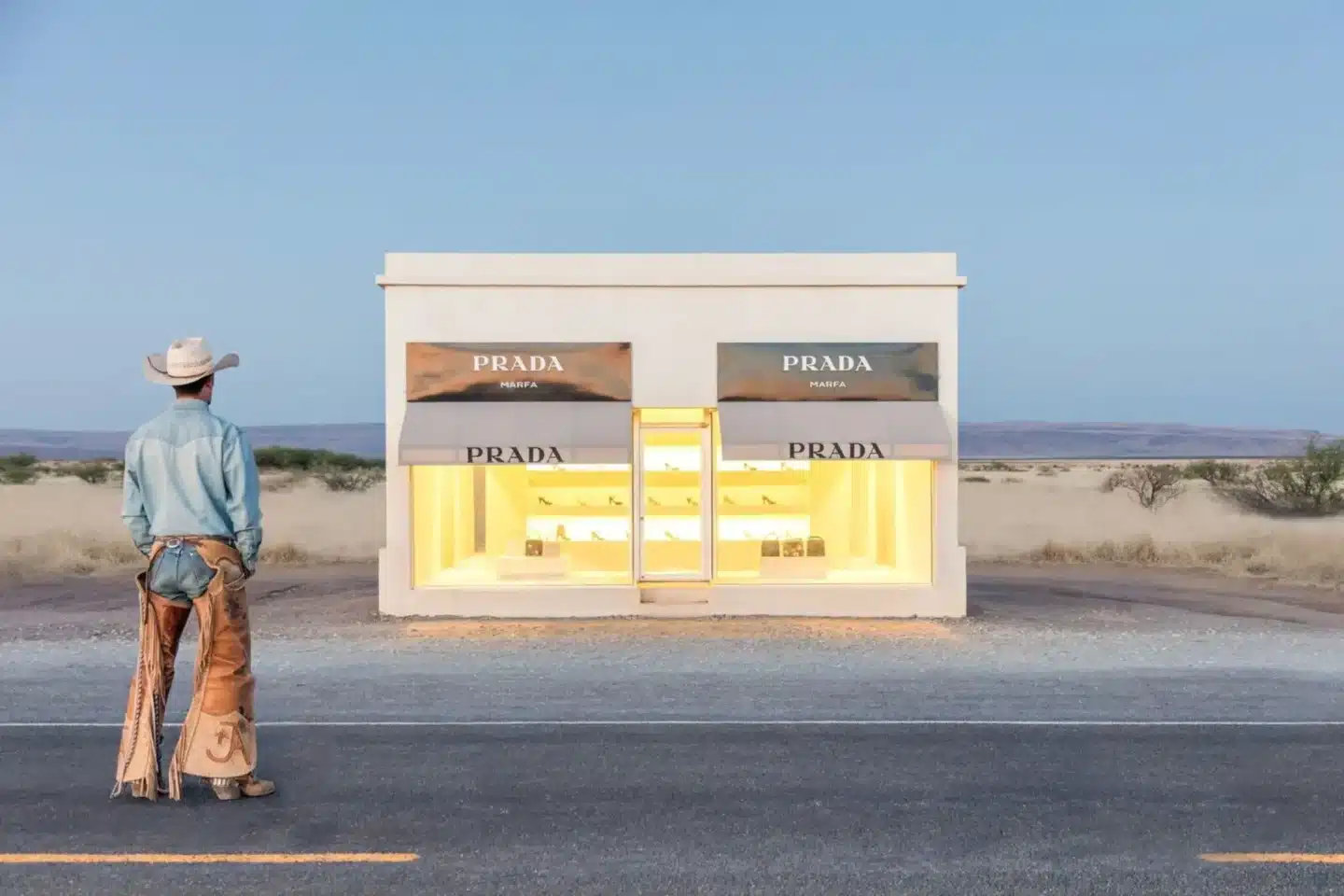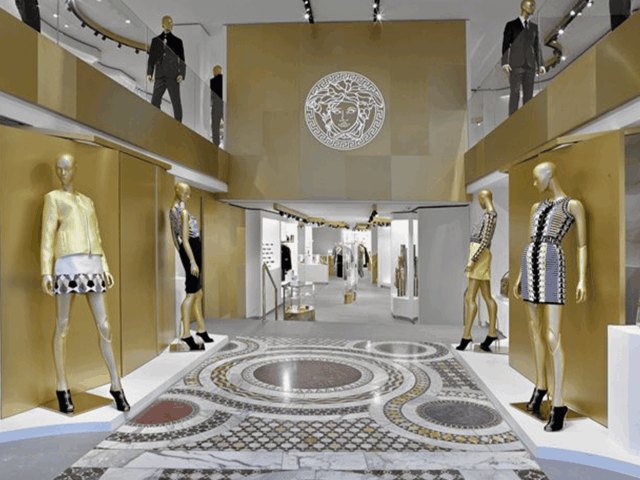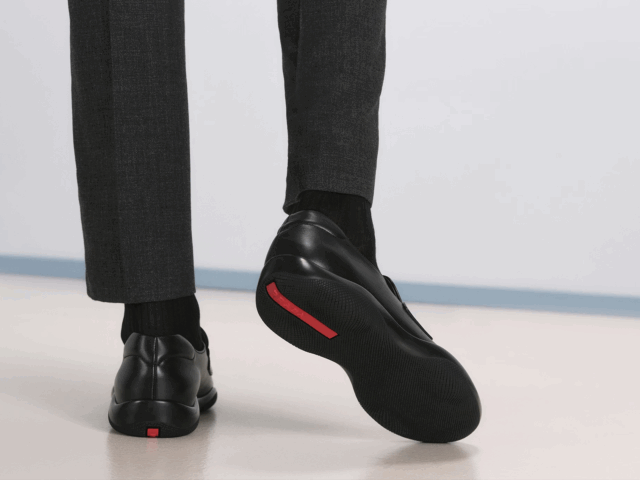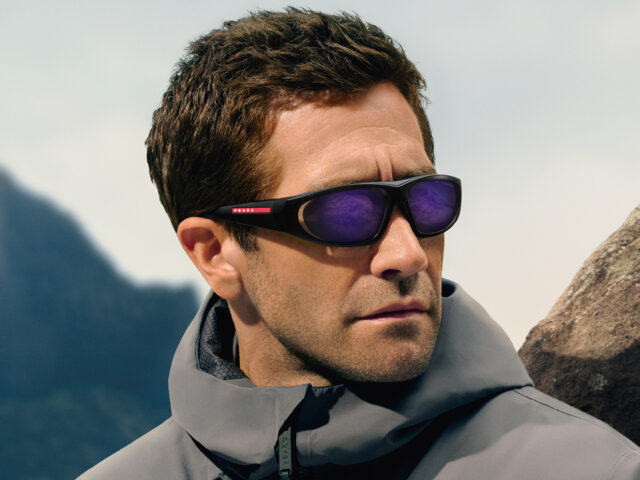In the middle of the Texas desert, the Prada Marfa boutique stands as a work of art. Originally conceived as a thought-provoking art installation, this faux luxury store has become a symbol of Marfa’s identity. However, as its popularity has skyrocketed, the impact on the local community has sparked various debates surrounding its role.
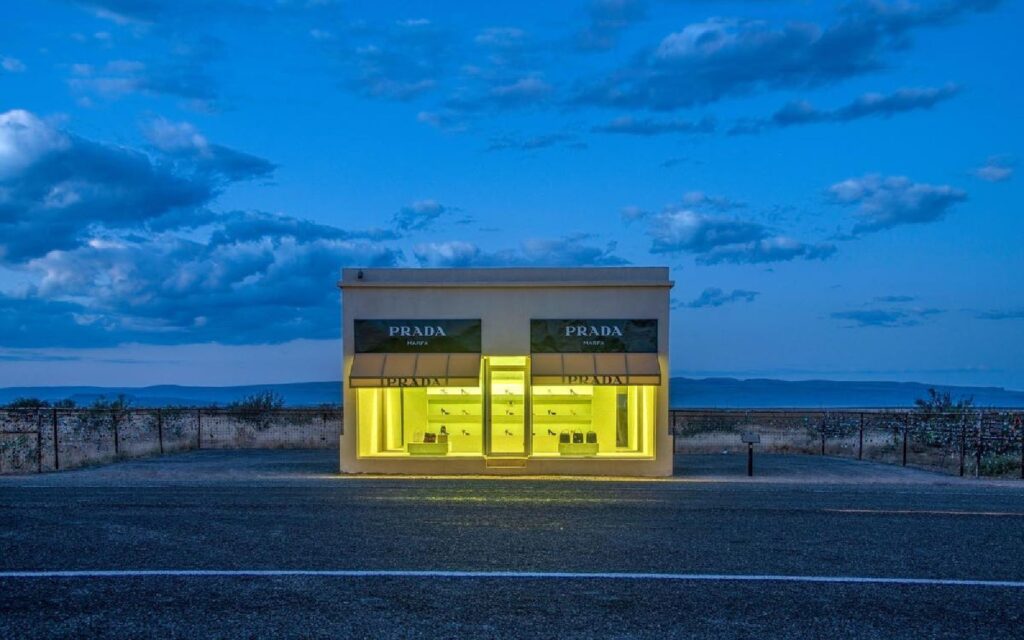
Prada Marfa was conceived as a permanent art installation created in 2005 by Scandinavian artists Elmgreen & Dragset. Located in the middle of the Texas desert, about 60 km from Marfa, the work represents a boutique of the firm designed according to the minimalist movement. The main idea was based on the creation of a piece that would deteriorate over time. However, its transcendence has turned Prada Marfa into a symbol of the selfie culture.
Although the work was not commissioned by the Italian house, Miuccia Prada herself gave all the support to the artists, providing the installation with some accessories from the brand’s FW05 collection. The result is a building that takes on all the characteristics of a Prada boutique, including its logo. The purpose was to criticize consumerism and capitalism, however, it ended up feeding these same mechanisms; it has made Marfa a popular tourist destination.
The biggest consequences of this phenomenon have been seen in the real estate sector: since 2015, the price of homes in Marfa has increased by more than 250%, and it is increasingly difficult to find homes under $500,000; this is a big problem given that the average income of its residents does not reach $40,000. As a result, even though tourism helps the local economy, many Marfa residents have been forced to move to another city.
Although the Prada Marfa installation was intended to critique the materialism and commodification of art, its function has changed over the years. The boutique charm has attracted a large number of tourists who come solely in search of the perfect photo for Instagram or a fleeting display of luxury. This change has caused an imbalance in the artistic integrity of the city and raised concerns that the original artistic intent is being overshadowed by consumerism.
Located in a remote desert area, the boutique also faces numerous maintenance challenges. Extreme weather conditions and vandalism have taken their toll on the artwork, which has required constant repairs and restoration work. The resulting waste and consumption of resources contradicts the installation’s initial intention to criticize consumerism and raises questions about its sustainability and environmental responsibility.
Ultimately, while the boutique continues to captivate visitors from around the world, the influx of tourism, commercialization, environmental issues and gentrification are challenges that Marfa must confront. As the city tries to navigate this delicate balance, it remains to be seen whether this facility can retain its artistic and critical spirit while minimizing its negative impact on the community and the environment.
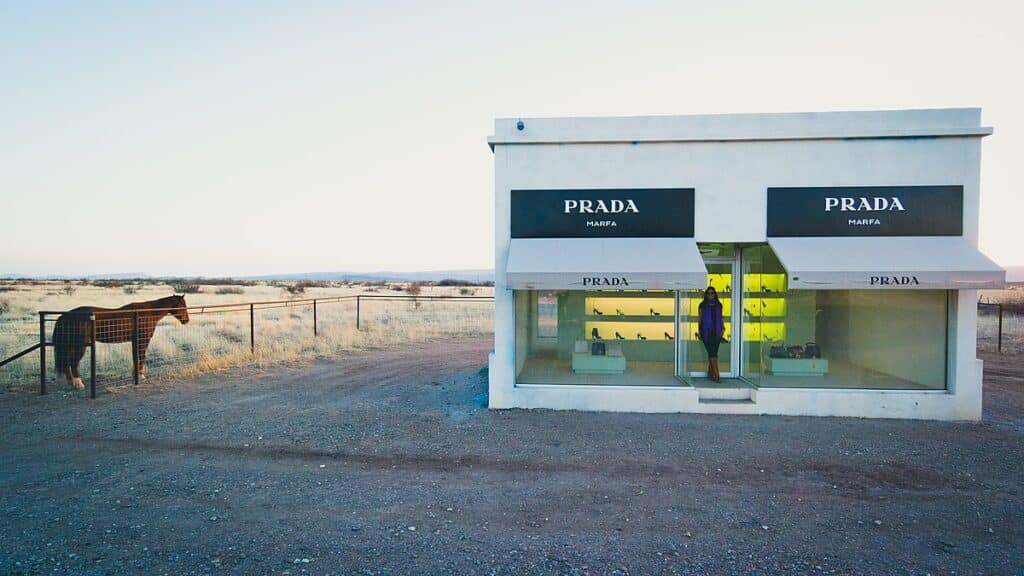
Football For Prada: the first soccer boots from adidas and Prada.
Sigue toda la información de HIGHXTAR desde Facebook, Twitter o Instagram
You may also like...
